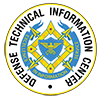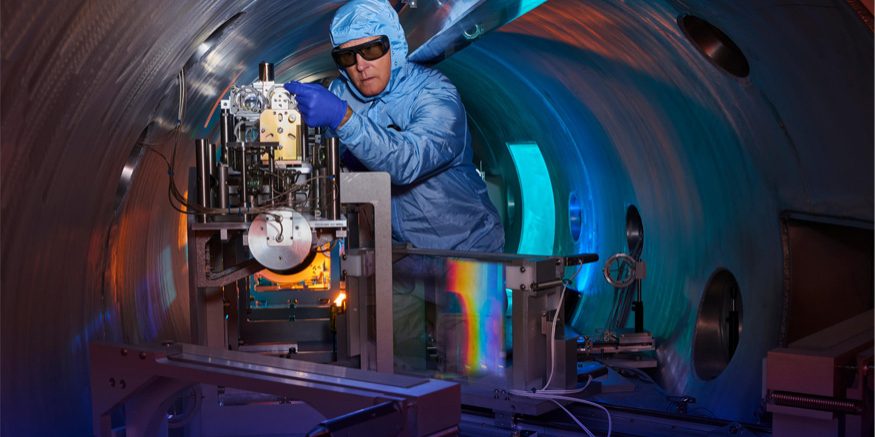Since the 1970s, the Janus laser, now part of the Jupiter Laser Facility (JLF), has served as an experimental proving ground to Lawrence Livermore National Laboratory’s (LLNL) laser and fusion programs and the broader high-energy-density and laser science communities.
Today, JLF is not only home to Janus — one of the world’s few hands-on laser platforms producing kilojoules of energy — but also Titan, a unique laser platform that combines high-energy pulses with long and extremely short pulse lengths, and COMET, a high-repetition, standalone, compact, multipulse terawatt laser system.
As one of the founding members of LaserNetUS — a constellation of laser facilities across North America — JLF is a prototype for the no-cost user facility model, operating on the idea that all researchers, regardless of their home institutions’ laser capabilities, should have access to the brightest light available.


